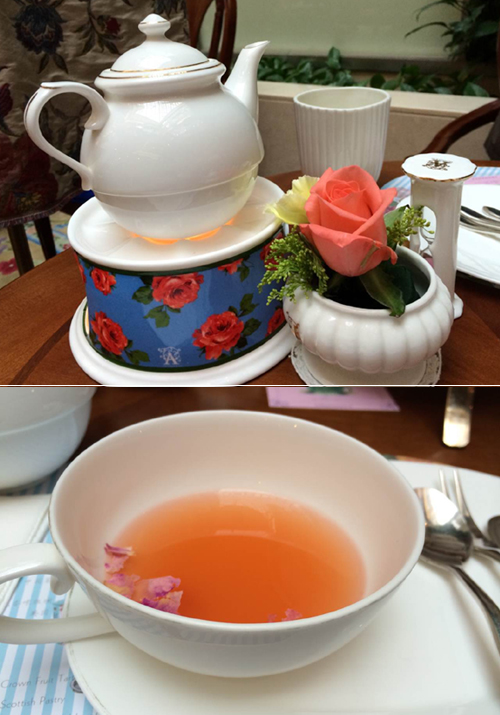Origins of British-style 'afternoon tea' in Shanghai
 |
|
Black tea served in English porcelain cups. [Photo provided to chinadaily.com.cn] |
About 170 years ago, Shanghai was opened as a trade port, and the Britain were the first to establish a settlement in the city. In November 1845, the British Consul signed the Shanghai Land Regulations with the Qing government.
The area from the Huangpu River in the east to Yang King Pang Creek in the south and Lijiachang in the north was included in the settlement. The following year a further agreement was reached that Boundary Road (now Middle Henan Road) was recognized as the western boundary.
British and Chinese residents lived in their allocated places and only foreigners were allowed to build houses within the concession. In July 1854 Britain, France and the United States forced the then governor into accepting the Second Shanghai Land Regulations jointly created by the envoys and consuls of the three countries.
With licenses issued to set up police forces, levy taxes and establish the Shanghai Municipal Council, the concession developed into "states within a state".
When the Small Sword Uprising broke out in 1853, a multitude of Chinese of civilians moved into the concession for protection, creating a multi-racial community.
Arriving with these foreign concessions were foreign languages, buildings, customs, cuisines . . . and "afternoon tea" was among them.
Legend has it that the custom began in the mid-1800s thanks to the British Duchess of Bedford. Around that time, kerosene lamps were introduced in wealthier homes and eating a late dinner (around 8 or 9 pm) became fashionable.
In those days there were only two meals each day - a mid-morning, breakfast-like one and an increasingly late dinner-like repast.
The story goes that the Duchess found herself with a "sinking feeling" (probably fatigue from hunger during the long gap between meals) and decided to have some friends over for assorted snacks and tea.
The idea of an afternoon tea party spread across high society and became a favorite pastime of ladies of leisure. Later, it spread beyond the highest echelons of society to become more accessible for other socioeconomic groups, just as is seen on the streets of Shanghai today.


















